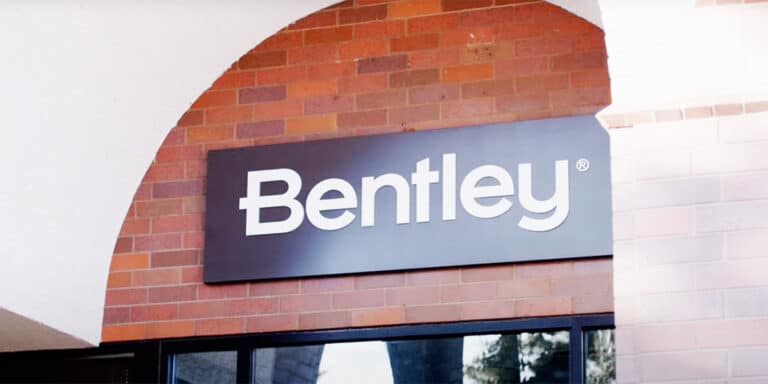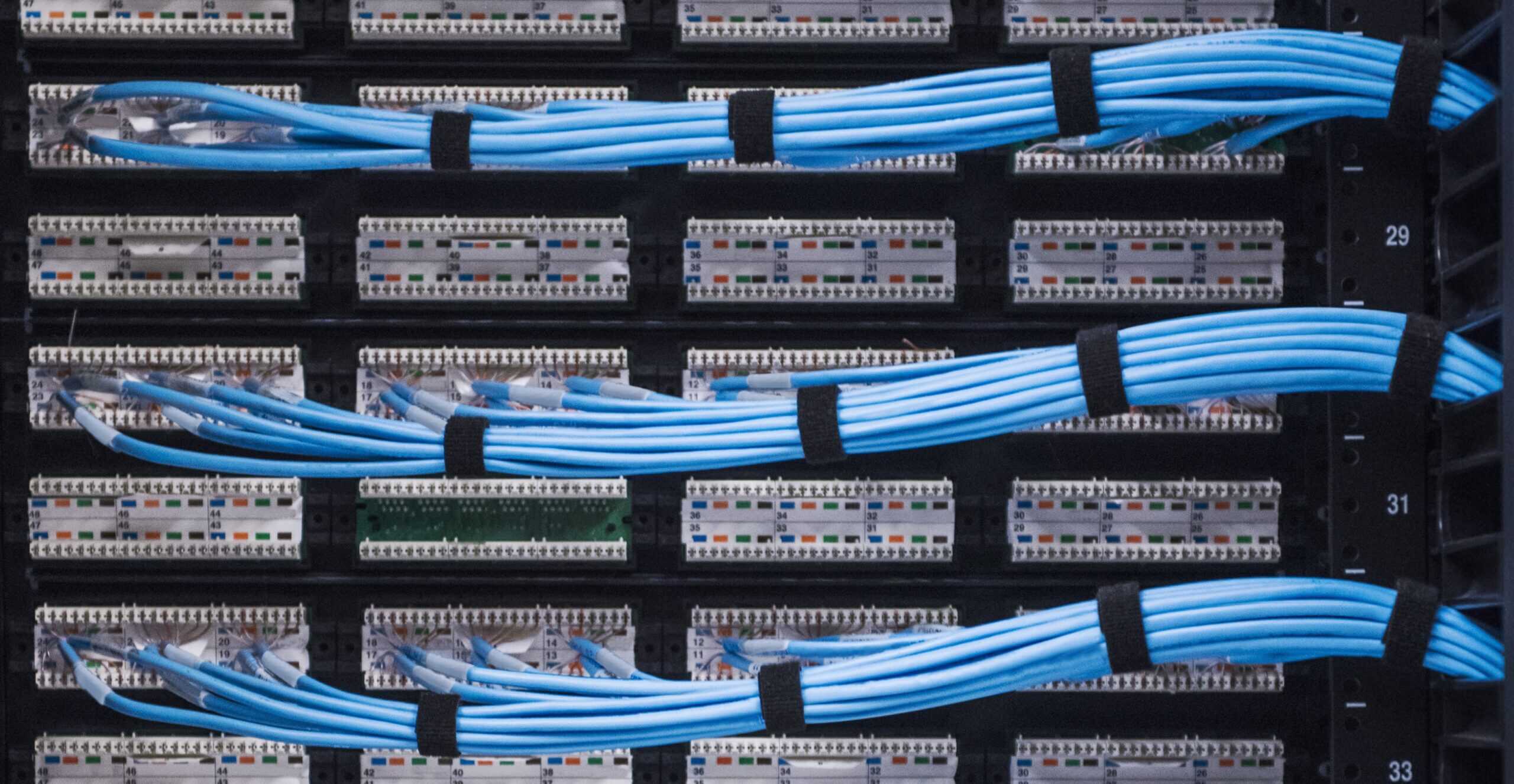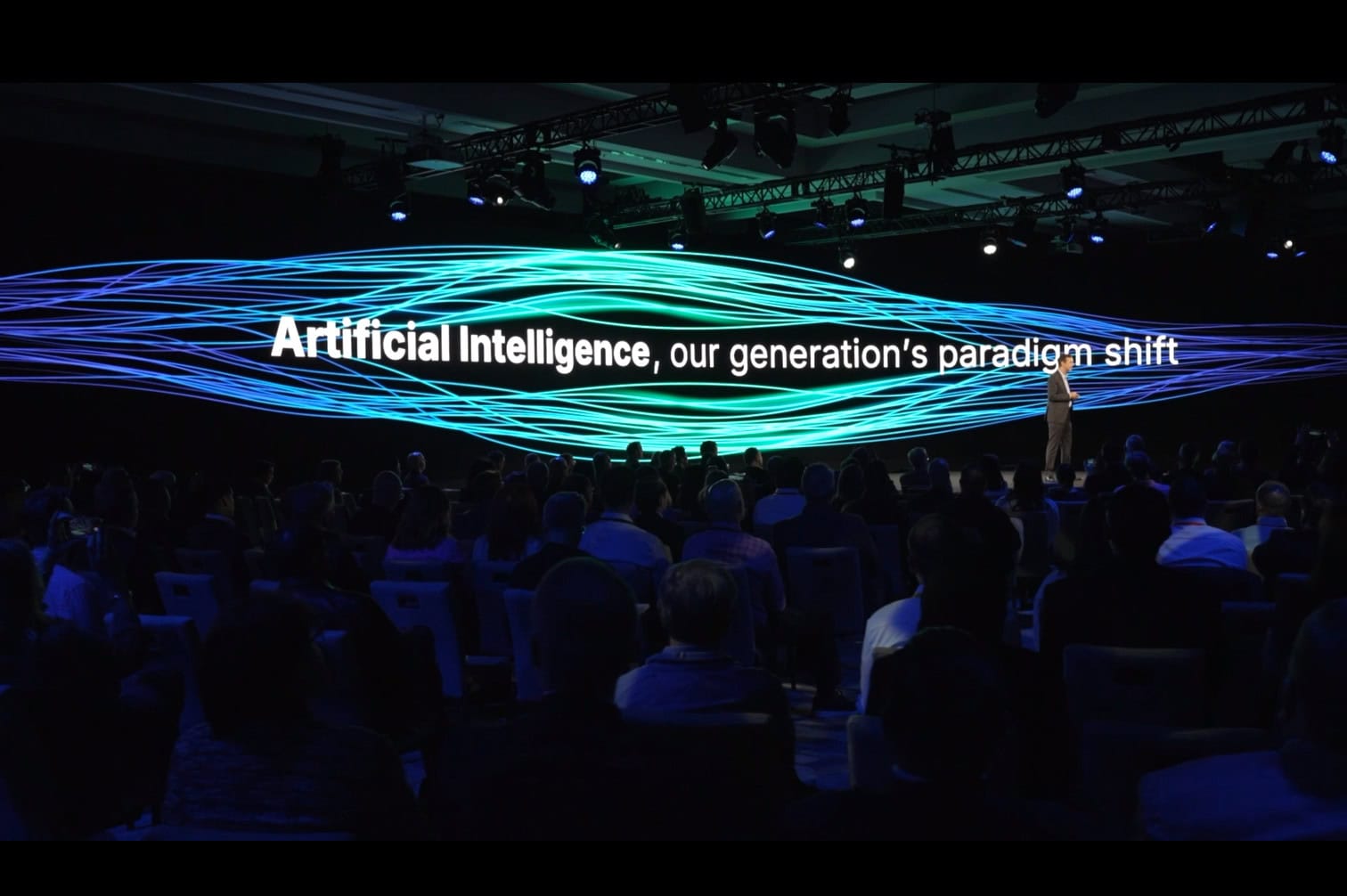The American electric grid stands at a critical crossroads. With 70% of existing substations more than 30 years old, utilities face mounting stress from new generation integration, climate challenges, unprecedented growth in power-hungry hyperscale AI data centers, and the electrification of everything from vehicles to heat pumps.
“A thriving society requires reliable, safe, and economical access to power, and that’s now threatened by this set of unique challenges,” says Michael Antonishen, director of product development at Bentley Systems, the infrastructure engineering software company.
Antonishen has a solution to relieve some of these pressures: It’s called Substation+. Bentley engineers developed this new intelligent solution to modernize how substations are designed, built, and maintained. In a digitized world, substations act as the nervous system of the electrical grid – monitoring, controlling, and protecting the flow of electricity through the system. With Substation+, utilities can use intelligent 3D modeling, AI-enabled design assistance, and collaborative workflows to ensure their aging infrastructure can be improved in time to meet today’s demands.
Up to the present day, most traditional substation design has relied heavily on 2D and 3D drawing software—legacy tools that, while functional, keep engineers tethered to traditional linear workflows, which can create bottlenecks, limit information sharing, and slow down projects overall.
Built on Bentley’s iTwin platform, Substation+ is data-centric and designed for real-time collaboration across disciplines and teams. Work order branches allow many users to work on the same model simultaneously, syncing updates to a shared source of truth in the cloud – enhancing visibility of parallel workstreams and eliminating manual version management.
In addition to this, Substation+ sets itself apart through its ability to embed intelligence directly into 3D models and enable intuitive features for users of all skill levels. Unlike traditional CAD drawings, which simply represent visual geometry, the software offers detailed context about each component.
“Each model you’re building knows what’s a circuit breaker and what’s a transformer,” Antonishen explains. This semantic awareness enables automatic compatibility checks, clearance validation, and metadata integration—tedious tasks that engineers have traditionally performed manually.
An embedded Bentley CoPilot AI assistant further automates and improves the substation design process. Multiple autonomous agents work together to solve complex tasks, select appropriate equipment, and power decision-making. Engineers can upload dense design criteria documents and ask natural questions like, “Does this circuit breaker meet all design requirements?” The AI understands both the model properties and project requirements.
“Substation designers shouldn’t have to be expert 3D modelers or technology specialists,” Antonishen says. “Being able to use natural language to interact with the application and the model is both powerful and scalable.”
The data-centric and connected nature of Substation+, and other next-generation applications built on the iTwin platform, like OpenSite+, allows data to flow securely and seamlessly across the asset lifecycle. For example, engineers can reference data from Bentley products, such as OpenSite+ for civil design or SYNCHRO for construction management, and connect to enterprise systems like SAP or Maximo for asset management.
This approach proves especially valuable for brownfield projects—the majority of substation work—where existing documentation is often scattered or outdated.
“Large utility teams can work on the same projects at the same time, or on multiple projects at the same site at the same time, when building a model in multiple phases of the lifecycle,” says Antonishen. “It’s a combined ecosystem.”
Jay Moye is an award-winning writer, editor, multimedia storyteller and brand journalist. Jay served as global editor-in-chief of Coca-Cola Journey.









